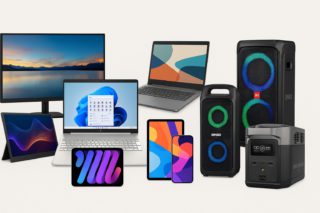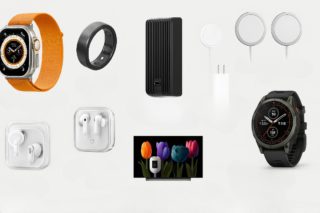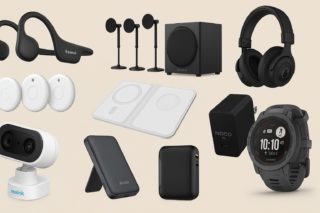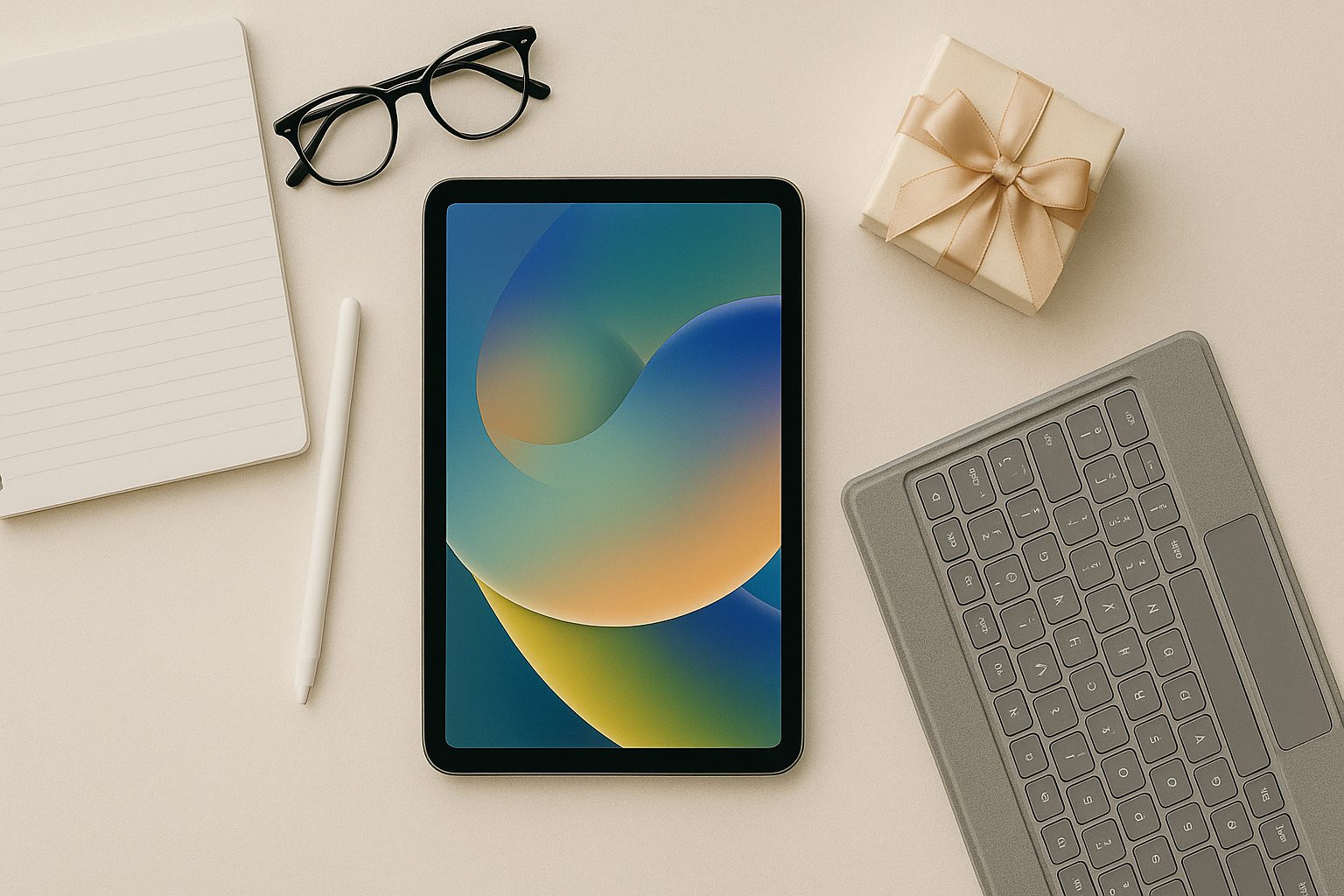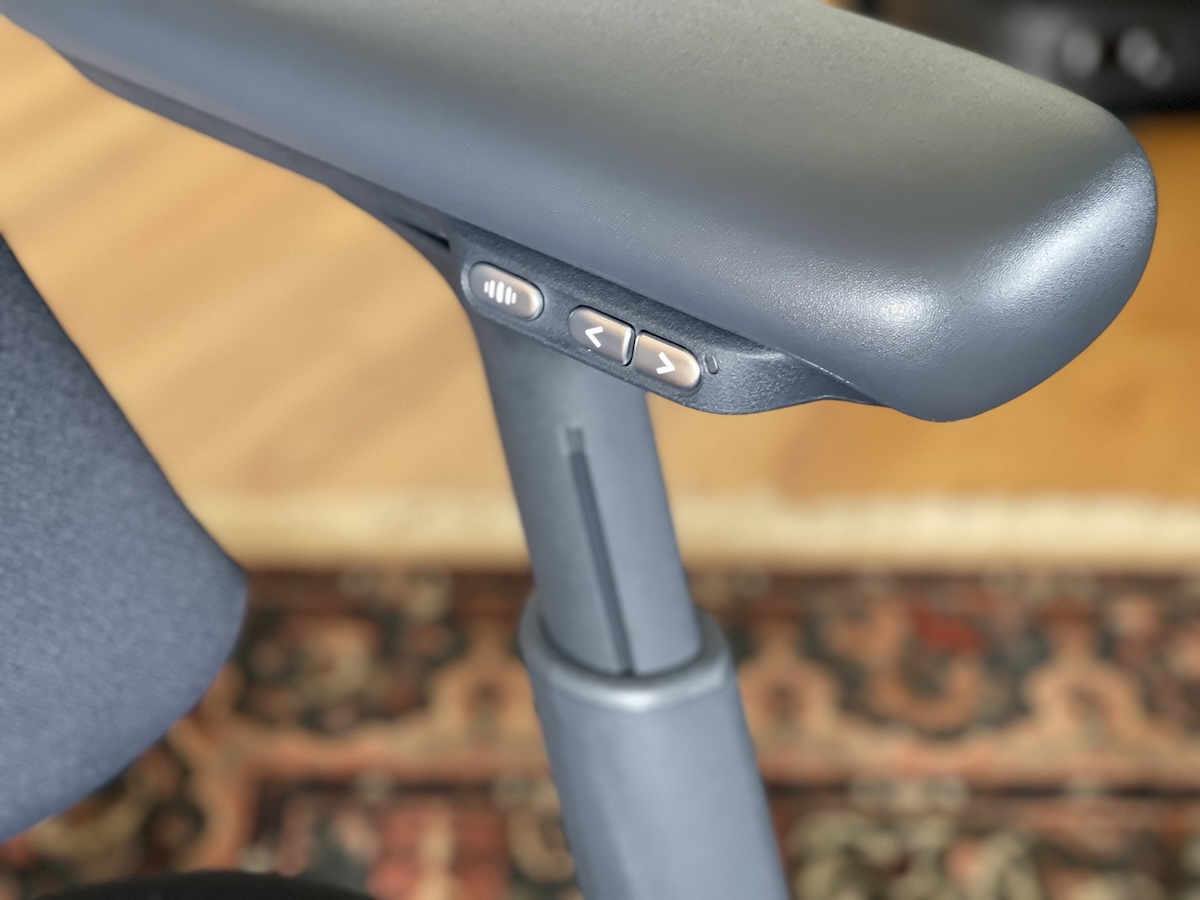That familiar buzz of a notification on your iPhone? For hundreds of users across 100 countries this week, it wasn’t a text from mom or a Twitter reply—it was Apple’s digital equivalent of a tornado siren.
Hackers can spy on you without ever touching your device, and Apple is raising the alarm. In an unusual global alert, the company has warned that advanced “mercenary spyware” is actively targeting iPhone users based on their identity or activities. These are not random attacks; they are precision strikes, and the attackers do not need you to click on a link or download anything. If you believed your phone was safe in your pocket, think again.
This isn’t your garden-variety malware that steals a password or two. These attacks transform iPhones—those sleek aluminum-and-glass companions we trust with our banking details and bedroom selfies—into surveillance tools. Security researchers confirm that tools like Pegasus spyware can infiltrate devices without requiring users to click links or download files.
When Trust Evaporates
Italian journalist Ciro Pellegrino’s reaction reveals the psychological impact of these notifications. Upon receiving Apple’s alert, he went home, signaled his wife to remain quiet, and placed his iPhone in a microwave—creating a makeshift Faraday cage to block potential signals.
“Did this happen? Yes, it is not a joke,” Pellegrino wrote on his Fanpage. In his article, he described the profound privacy violation that spyware represents, noting how vulnerable our data becomes when compromised.
You know that feeling when someone reads your texts over your shoulder? Multiply that discomfort by about a thousand.
Digital Armor in an Age of Invisible Weapons
For those receiving these warnings, Apple recommends updating to iOS 18.4.1 and enabling Lockdown Mode—essentially transforming your everyday smartphone into a digital panic room. According to Apple Support documentation, this mode blocks most message attachments, restricts FaceTime calls from new contacts, and limits certain web technologies and device connections.
It’s like switching your phone from a convertible with the top down to an armored vehicle—less fun, perhaps, but significantly harder to penetrate.
The Bigger Picture
These attacks reveal an uncomfortable truth about our digital existence. Just as chess evolved from wooden pieces to sophisticated AI opponents, surveillance has evolved from clumsy wiretaps to invisible code that turns our most personal devices against us.
Since 2021, Apple has sent similar warnings to users in over 150 countries. The battle between security teams and spyware developers resembles nothing so much as the perpetual dance between Batman and his rogues gallery—each side constantly adapting to the other’s latest moves.
For regular users caught in this crossfire, the message is clear: even the most secure consumer devices have vulnerabilities that well-funded attackers can exploit. Your phone may not be watching you today, but the technology to make it happen exists in the wild.
The most unsettling part? This article will be old news next month, but the invisible battle for your device’s security will continue—whether you’re aware of it or not. Like the best episodes of Black Mirror, the most disturbing aspect isn’t the technology itself, but how easily we’ve normalized its presence in our lives.





